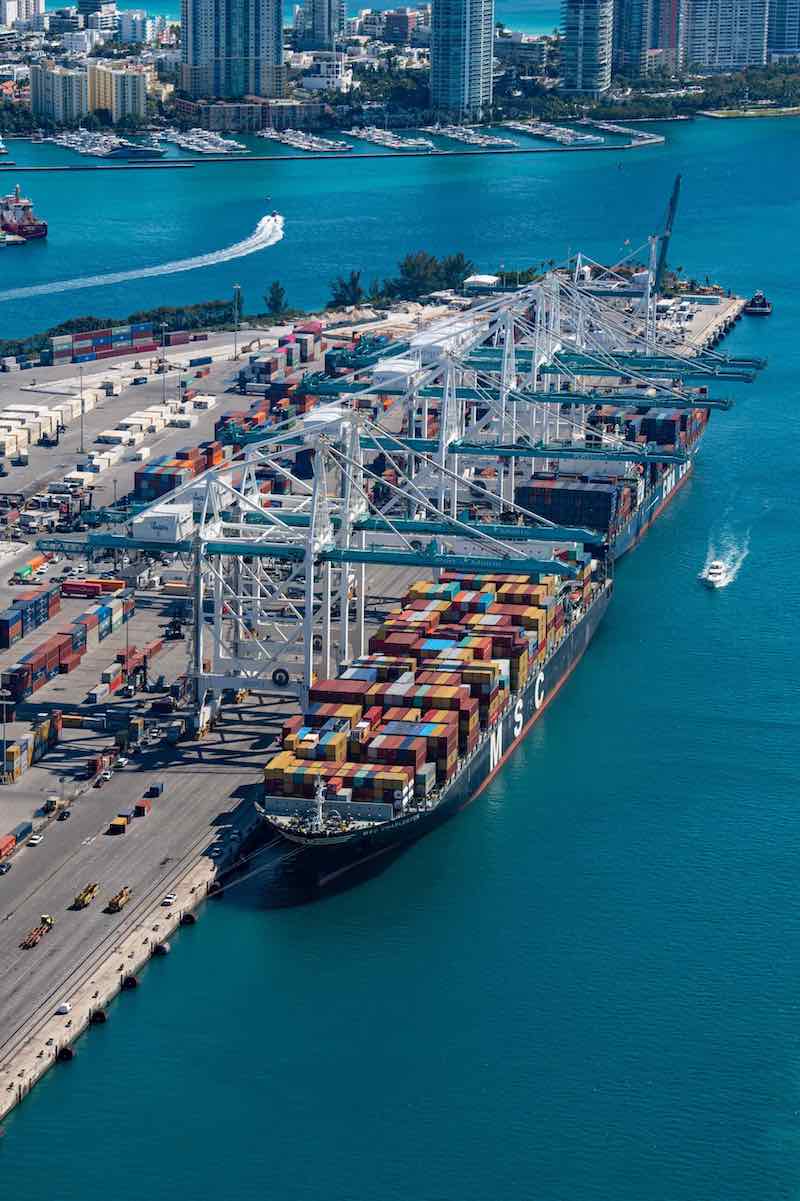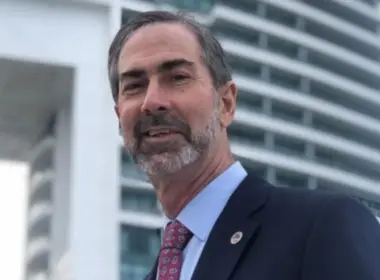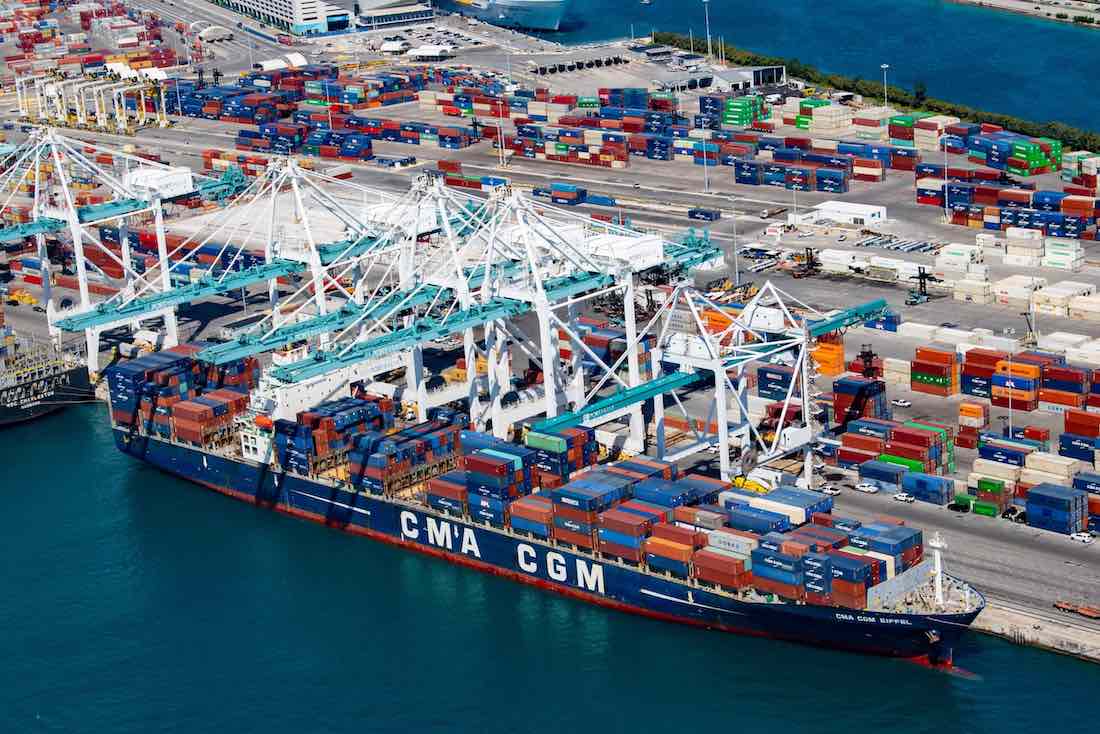While cargo ships line up along the coast of Southern California, waiting for up to a month to offload, PortMiami is running one of the nation’s smoothest operations.
Only one ship has needed to drop anchor and wait in the last six weeks – and this despite increased cargo tonnage.
Over the past year, the port has seen monthly increases of between 8 percent and 12 percent, but with the aid of investments made in the port over the last few years, it’s been able to handle the growth. “It’s really unprecedented,” Juan Kuryla, director of PortMiami, said. “I’ve never seen this type of volume.”
Miami is the only US port one south of Virginia with a 50-foot dredge, a project completed in 2015 that allows the port to accommodate even the largest cargo ships. In the last few years, it has also added six more Super Post-Panamax cranes, an improved freight rail, and an underwater tunnel connecting PortMiami to the MacArthur causeway and Interstate-395. It also has more U.S. Customs and Border Protection inspectors to check cargo from abroad than any other American port. “Without those previous long-term investments, we would have not been [able] to do this amount of cargo,” Kuryla said.

Even if ports in California are technically closer to the final destination of goods, Miami is becoming an attractive solution to the west coast bottleneck. While ships from Asia may have to pay passage through the Panama Canal, those costs are offset by PortMiami’s lower rates and faster offloading speed, according to Michael Rubin, president and CEO of the Florida Ports Council. While The Port of Los Angeles is geographically more convenient to ship to, it is also ranked as one of the least efficient in the world by the World Bank and IHS Markit report.
“Are we taking advantage of failures in California? Absolutely we are,” Rubin said. “We want to prove to everyone that we have [the] capacity to move these goods and this is the perfect opportunity to do that.”


While overseas agriculture companies are incentivized to ship their goods by sea rather than air due to lower costs, these can become moot as the cargo rots in the weeks spent waiting to offload. Miami-Dade County Mayor Daniela Levine Cava has made it a mission to attract additional tonnage to PortMiami as the supply chain slowdown continues. The port has contacted cargo lines to inform them of their readiness to move goods, and Kuryla has worked with trucking companies and the International Longshoremen’s union to ensure that there are enough personnel to handle the incoming cargo. Port officials have also contacted distribution centers and warehouses, asking them to extend their hours to receive more cargo.
The Florida Ports Council is hoping this monumental effort will shift the industry status quo from California and send more traffic to PortMiami in the future, which has been seen as less than ideal because of its distance from the rest of the country.












